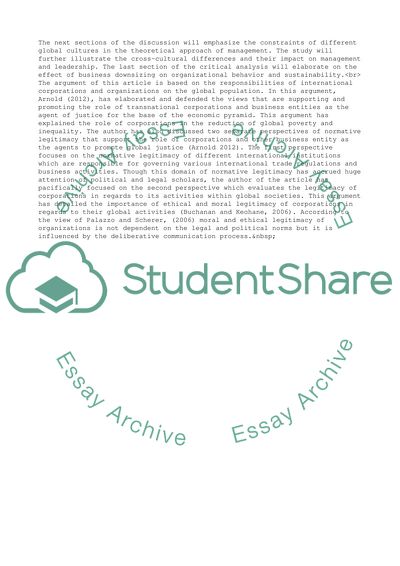Cite this document
(“International Perspectives In Organisations Literature review - 1”, n.d.)
International Perspectives In Organisations Literature review - 1. Retrieved from https://studentshare.org/business/1689681-international-perspectives-in-organisations
International Perspectives In Organisations Literature review - 1. Retrieved from https://studentshare.org/business/1689681-international-perspectives-in-organisations
(International Perspectives In Organisations Literature Review - 1)
International Perspectives In Organisations Literature Review - 1. https://studentshare.org/business/1689681-international-perspectives-in-organisations.
International Perspectives In Organisations Literature Review - 1. https://studentshare.org/business/1689681-international-perspectives-in-organisations.
“International Perspectives In Organisations Literature Review - 1”, n.d. https://studentshare.org/business/1689681-international-perspectives-in-organisations.


